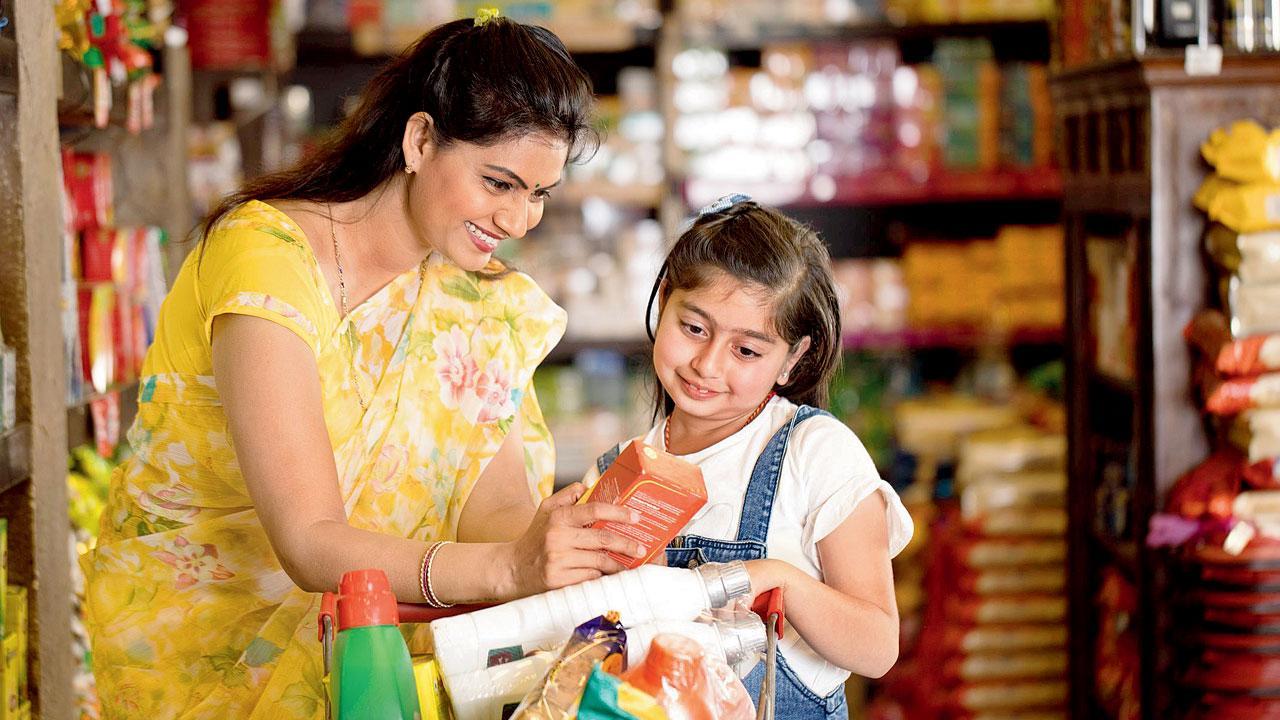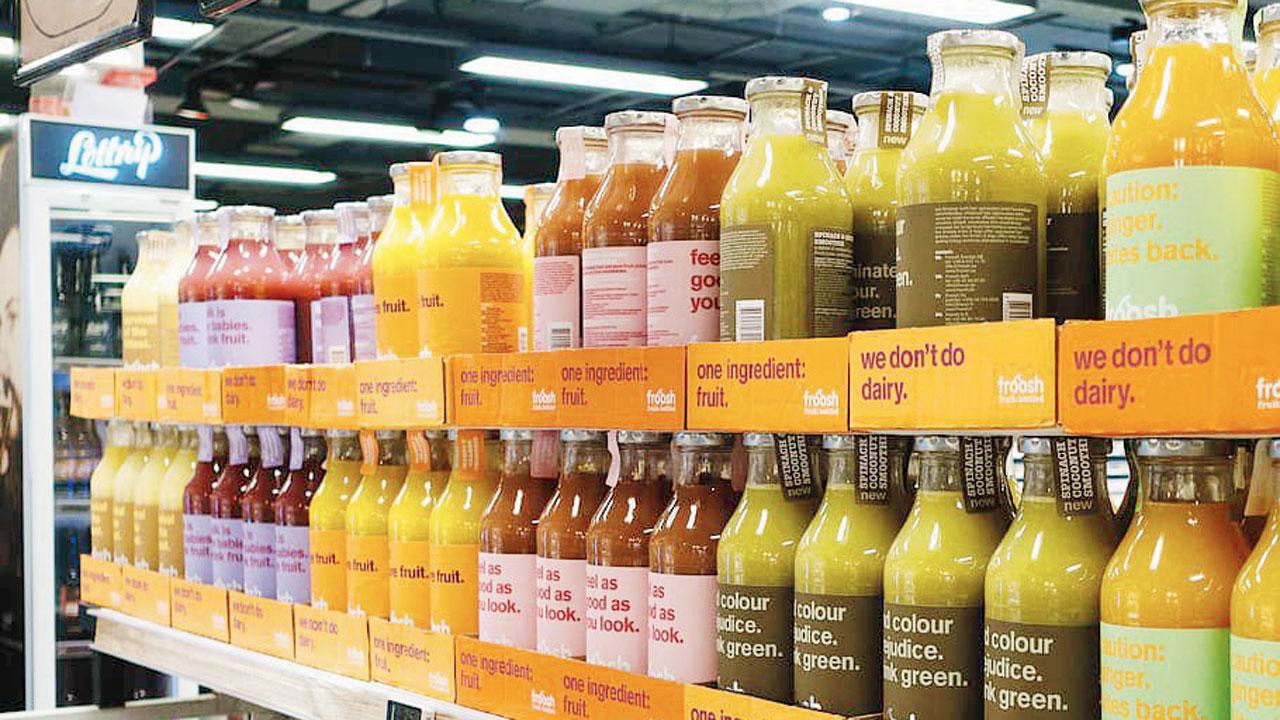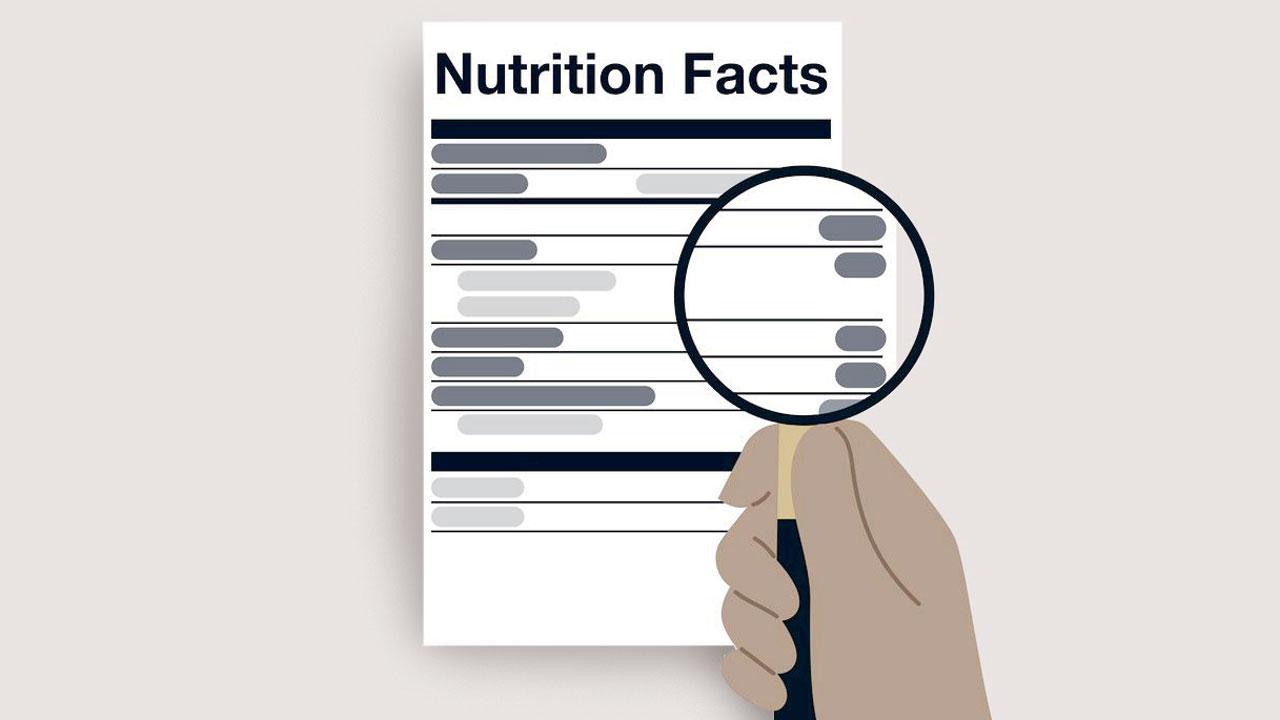The recent row over a popular Indian health drink forces us to take a closer look at what we’re putting into our bodies. Experts help decode labels of such packaged consumables

Read ingredient lists carefully, some ingredients like sugar and salt may be written under different names
Recently, Mondelez India rejected claims of high sugar content in their chocolate health drink and resorted to legal recourse against influencer Revant Himatsingka for a video that pointed it out. If this got you curious about overlooked ingredients and adequate sugar intake, three Mumbai-based experts decode food labels to help you steer clear of traps that propagate growth spurts, increased energy and the fulfilment of dietary requirements, especially in health drinks for kids.
Correct sugar intake
Dr Aparna Govil Bhasker, consultant bariatric and laparoscopic surgeon, Saifee, Namaha, Apollo Spectra and Currae Specialty Hospitals, notes, “For Indians, free sugars should be less than 10% of total calories per day, which includes added sugars and sugars present in honey, syrups, and fruit juices. For undernourished children, sugar can be a part of the diet to increase calorie intake.”

As FSSAI proposed, food labels on the front of packages can help people with making better choices. Pic courtesy/Wallpaper Flare
Reading food labels
Divya Ahuja, clinical nutritionist, reminds us to not get carried away with impressive front-of-pack labelling. Check the ingredient list and serving size at the back of the product for insight into the product’s health claims.
She notes, “Ingredients are listed in descending order, based on quantity. Focus on what comes at the start and end of the list. For instance, in millet bread, the first or second ingredient should be millets. Stay away from products that contain excess and miscellaneous food colouring, artificial flavours, thickening agents and emulsifiers. Minimally processed and whole food products will have only a few ingredients, and little to no additives assuring you of quality.” Remember that serving sizes are not recommendations for your consumption routine. They are provided in familiar units, such as cups, pieces or weight to aid the comparison to different products.

Opt for home-made fruit and vegetable juices. Representation pics
Misleading terms
Ahuja and Dr Bhasker explain that sugar can be disguised under different names — jaggery, dates, xylitol, sucralose, high-fructose corn syrup, malt syrup, brown rice syrup, honey, molasses, glucose, fructose, maltose and galactose. For products that claim to be sugar-free, check total carbohydrate content and quality of carbohydrates (refined or whole grain) before deeming it healthy. Dr Diti Makhija, director, QMS Medical Allied Service, points out that no food is calorie-free and products that claim this in fact, include less than five calories per serving. Often, customers are led to believe that a product has improved when companies repackage a product with a lesser quantity of an ingredient. She explains, “When a product claims to have ‘no cholesterol’, consumers may assume that the product is also low in saturated fat, when it might not be so.”

For insight into the product’s health claims, carefully read the ingredient list and food labels on the back of the pack
Highlighting the term ‘fortified foods’, Ahuja explains, “Fortification is an important process to improve a food’s nutritional value. However, it can be misleading if companies claim that these foods meet all nutritional requirements when the product only contains a small percentage of the nutrient that is fortified and may not fulfil one’s requirements entirely.” Ahuja and Dr Bhasker, curate other misleading terms (see box, right):
Is it necessary?
Do children require health drinks and powders or have companies created a demand for them through claims? Dr Bhasker explains, “Packaged healthy drinks are not required for children. They can be given water, lemon water, skimmed buttermilk, tender coconut water, low-fat milk, smoothies or milkshakes made at home with fresh fruits and vegetables.” Ahuja adds that a balanced diet with good carbohydrates, adequate protein, essential fats, vitamins and minerals will meet your child’s nutritional requirements rather than health drinks that contain high amounts of sugar and artificial colours while offering minimal nutrients. She continues, “However, it’s not all black and white; certain packaged products contain a good source of protein and fortified nutrients with minimal sugar that may be required and is sometimes prescribed by a doctor or nutritionist in case of nutrition deficiencies.”

Dr Aparna Govil Bhasker and Divya Ahuja
A possible solution
When the video emerged, Nitin Kamath, founder and CEO of Zerodha, a stockbroking platform, offered a solution of putting food labels on the front of the package, as the FSSAI proposed in a 2018 draft paper and that it can help people make better choices. He felt labels could indicate the percentages of salt, fat, sugar content per serving, and a warning if it exceeds daily requirement. Dr Bhasker agrees, highlighting the importance of awareness and knowledge of reading food labels.
Ahuja reasons, “This provides the consumer with an opportunity to make wiser diet intake decisions. However, this also contributes to fear-mongering about food, and can lead to categorising foods as ‘good’ and ‘bad’ which can disrupt a healthy relationship with food.”
>> Multigrain: Multigrain has no listed health benefits, especially if the grains are refined. Check the total fibre content and ingredients to know if the product is high in good-quality carbohydrates or not.
>> Wholegrain: Check if the product is made entirely of whole grains or includes some wholegrain and other processed grains.
>> Natural: This may not necessarily mean that the whole product is natural. For instance, a product may include fruit flavours that are artificially flavoured and synthetically coloured with only a small quantity of natural ingredients like fruit pulp.
>> Diet/low-calorie: When products are processed to reduce calories, they lose some or all other nutrients. Diet products can include almost the same fat content as fried foods. Check the total calories and fat content.
>> Zero Trans fat: This means a product has less than 0.5 grams of trans fat per serving.
>> Fat-free: Fat may be replaced with sugar, maida, salt, emulsifiers, and thickeners in the product.
>> Excess salt might be hidden as brine, monosodium glutamate and sodium benzoate. Oils, butter and margarine can be swapped with partially hydrogenated or hydrogenated oils, shortening and lard.
Sugar, not so sweet

>>Excess sugar raises blood pressure and increases chronic inflammation that are pathological pathways to heart disease. >>Liquid calories are not as satisfying as calories from solid foods. That is why excess sugar consumption, especially in sugary drinks, contributes to weight gain by tricking your body into turning off its appetite-control system. It is also the reason why it is easier for people to gain more calories to their regular diet when consuming sugary beverages.
- Dr Diti Makhija
 Subscribe today by clicking the link and stay updated with the latest news!" Click here!
Subscribe today by clicking the link and stay updated with the latest news!" Click here!










